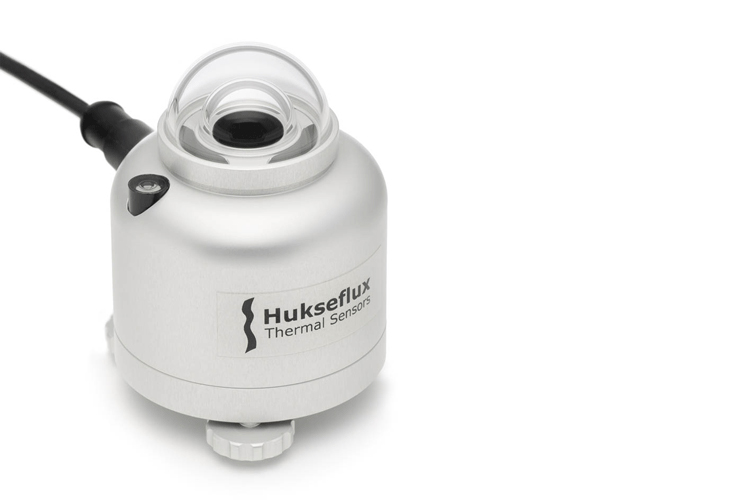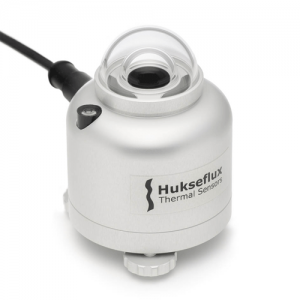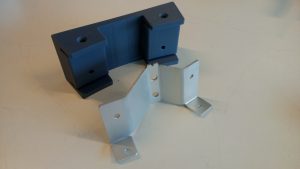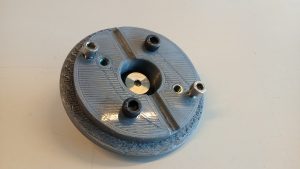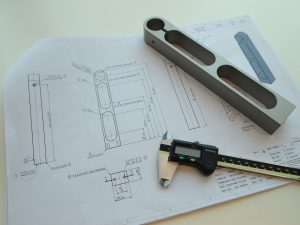One of the biggest projects I worked on at Hukseflux Thermal Sensors was an accessory for Huskeflux pyranometers. A pyranometer is an instrument which can accurately measure the radiation of sun in our atmosphere by converting the wavelengths into heat and measuring it over time (so called heat flux). These instruments are typically used by meteorologic services, greenhouse framers, architectural engineers, etc.
Since this accessory hasn’t been released yet, the function of the product I designed can’t be disclosed at the moment and I can only say that it adds to the functionality of pyranometers. This product represents a lot of “firsts” for Hukseflux: It’s one of the biggest products up to date and the only mechanical product so far. Once this product is released, more details will be explained here.
As a product development engineer at Hukseflux, I was part an R&D team where the daily activities can be split into three categories:
- Creating custom products for a specific customer.
- Designing and building new series produced products.
- Research the potential of new technologies for future products.
During the development process of this product, I was responsible for almost all aspects of the product. This meant that I worked on:
- Design the components of the product so its function is reliable and its looks are in line with the Hukseflux style
- Building demonstrator models by hand to (dis)prove working principles
- Considering the long lifespan of the product in material and treatment choices
- Balance high build quality with the cost price target
- Drawing 3D CAD models and 2D technical drawings in CAD (Solidworks)
- Communicating with suppliers about new parts and technologies
- Ordering functional prototypes
- Performing quality control of new parts
- Writing user manuals and think about ease of assembly, installation and use
- Thinking about packaging so it will be able to be flat packed and be shipped worldwide
- Testing prototypes outdoor under working conditions
The images below give an impression of some of these activities:
3D-printed drill template and corresponding hand made bracket
3D printed test part with metal hardware to test a function
Milled aluminum prototype part with corresponding technical drawing
